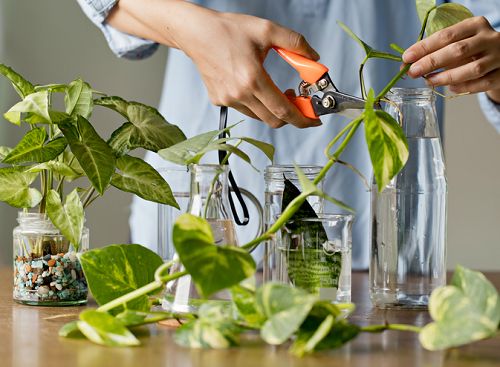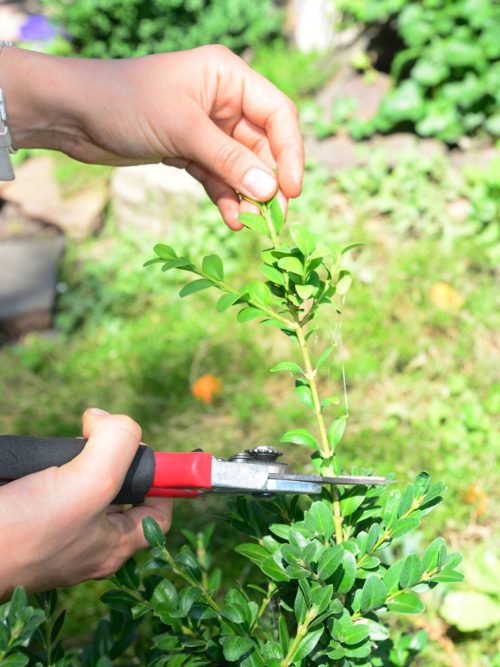Are you looking for some of the Cheapest Houseplants and also some super cool Tricks to Acquire Them for Free? Well, you clicked on a right link!
Plants are not cheap, and they can cost you a lot if you don’t know some of the tricks provided in this article.
Look at the houseplants you can borrow from friends here
Cheapest Houseplants
Cheapest Houseplants refers to a category of indoor plants that are very popular, cost-effective to acquire, and easy to maintain. These plants often can be propagated from cuttings, division, or offsets, making it possible to grow new plants for free from an existing one.
Some well-known cheapest houseplants around the globe are: Spider plant, Pothos, Snake Plant, Succulents, Heart Leaf Philodendron, Aloe Vera, Jade plant, and Peace Lily.
This way, a single investment to buy one plant—or even a cutting from a friend’s plant—can produce multiple plants over time. This not only makes these types of houseplants economical but also allows for easy sharing and expanding of your indoor garden without incurring additional costs. Popular examples include Pothos, Philodendron, Spider Plant, Succulents, Snake Plant, Lavender, Coleus, and Ficus species.
Here’s a list of some cheap things you can get from a flea market to use as garden decor!
Clever Tricks to Acquire Houseplants for Free
1. Cuttings from Friends and Family
Ask for plant cuttings from the houseplants of friends and family members. This is not only free but also a great way to share and bond over a mutual love for gardening.
Here are the best plants to grow from cuttings in the fall
2. Local Swaps and Exchanges
Participate in or organize local plant swap events. You can trade your plant cuttings or plants you don’t want anymore for new, different varieties.
3. Discount Sales and Clearance
Keep an eye on sales or clearance events at garden centers and nurseries. Often, you can find plants at a significantly reduced price.
4. Join Social Media Groups
Join plant swap or gardening groups on social media platforms like Facebook, Reddit, Instagram or Whatsapp. These communities often post about free cuttings or plants available for trade.
5. eCommerce Websites
Search on websites like eBay, OLX, or Craigslist for people giving away or selling plants at a low cost. More options, varieties, and the convenience of shopping online.
6. Propagate from Grocery Store Produce
Use seeds or cuttings from fruits, herbs, and vegetables bought from the grocery store. Almost free and can be a fun experiment to see what grows.
Follow planting hacks and grow veggies for free
7. Local Foraging
With permission, take cuttings from plants growing in public spaces. It’s free, and you might discover local species you hadn’t considered before!
8. Volunteer at a Nursery or Botanical Garden
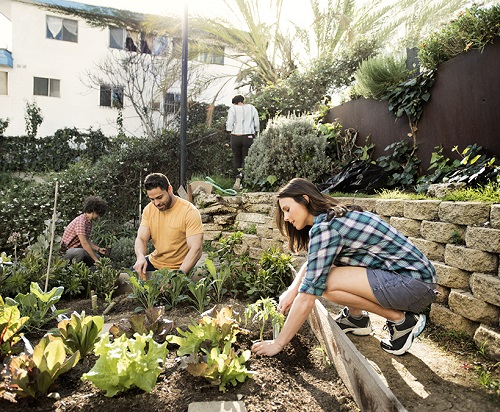
Offer to volunteer at a local nursery in exchange for plants or cuttings, you can also register yourself in various gardening programs in a nearby botanical garden. Gain expertise while also expanding your plant collection for free.
9. Visit Community Gardens
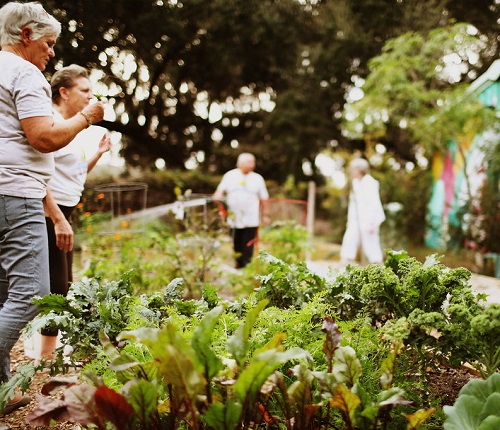
Engage in your local community garden and trade plants with other members. Community gardens often have a plethora of plants and are usually open to exchanges among members.
10. Create a “Plant Wish List” and Post Online
Post a list of plants you wish to own on social media and ask if anyone has cuttings to share. You never know who might have the exact plant you’re looking for and is willing to share.
11. Regrow from Kitchen Scraps
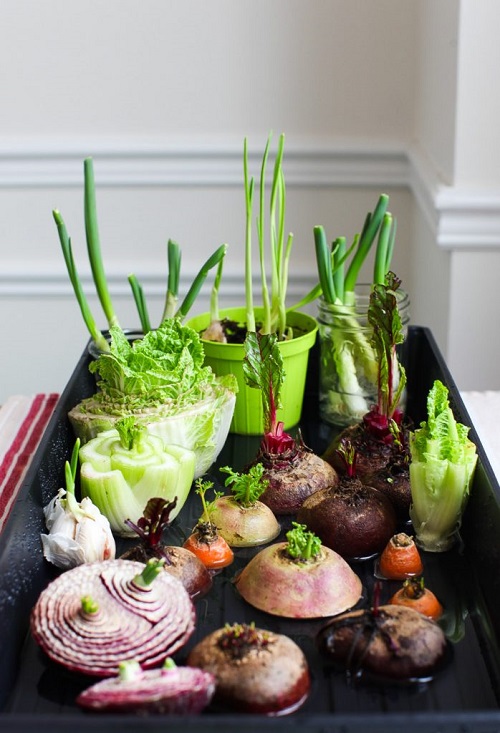
Plants like celery, lettuce, and green onions can be regrown from scraps. Repurpose waste and grow new plants simultaneously.
Here’s the list of seeds that you can find for free in your kitchen pantry!
12. Restaurant and Café Partnerships
Offer to take care of indoor plants in local restaurants or cafes in exchange for cuttings. Establish a symbiotic relationship while making public spaces greener.
Follow these hacks to improve garden soil without spending money
13 . Frequent Garage Sales and Thrift Stores
You’d be surprised to know about the hidden treasures you can get at garage sales and thrift stores. People often sell unwanted houseplants, pots, and gardening supplies for a fraction of the cost.
Be sure to inspect the plants for signs of good health before making a purchase.
Have a look at these seed starting tricks for growing vegetables for free
14. Visit Botanical Garden Sales
Many botanical gardens host annual plant sales to raise funds. These sales often feature a wide variety of plants, including rare and exotic ones, at affordable prices.
Plus, your purchase supports the garden’s conservation efforts, so this can be a great option, too.
Read about free seeds you can find in your pantry here
15. Plant Rescue from Discarded Plants
Keep an eye out for discarded plants in your neighborhood. Sometimes, people throw away perfectly healthy plants when they move or redecorate.
You can give these plants a second chance by nursing them back to health.
16. Offer Your Plant Care Services
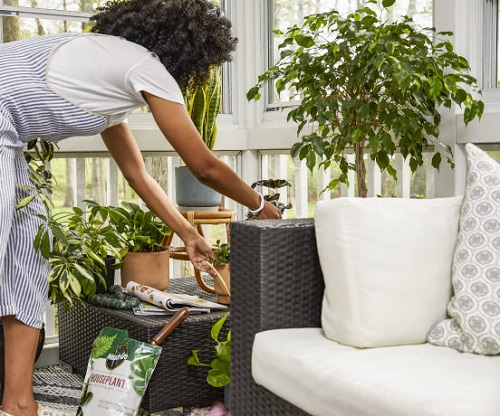
Consider offering your plant care services to friends, family, or neighbors who might be going on vacation. In exchange, ask if you can take care of their plants while they’re away, and perhaps they’ll let you keep any cuttings that root during your care.
Find how to get free plants and seeds here
Cheapest Houseplants – FAQs
1. What Makes a Houseplant “Cheap”?
A cheap houseplant is both inexpensive to purchase and economical to maintain. Additionally, the ability to easily propagate it from cuttings makes it an even more cost-effective choice. The majority of popular indoor plants have these qualities!
2. Can I Get Houseplants for Free?
Yes, many inexpensive houseplants can be grown from various propagation methods, making them essentially free. You can often obtain these cuttings from friends, family, or even your existing plants.
3. Where Can I Buy the Cheapest Houseplants?
These plants are often available at local nurseries, big-box stores, or even online. You can also obtain cuttings from friends or community plant exchanges to start your collection for free.


